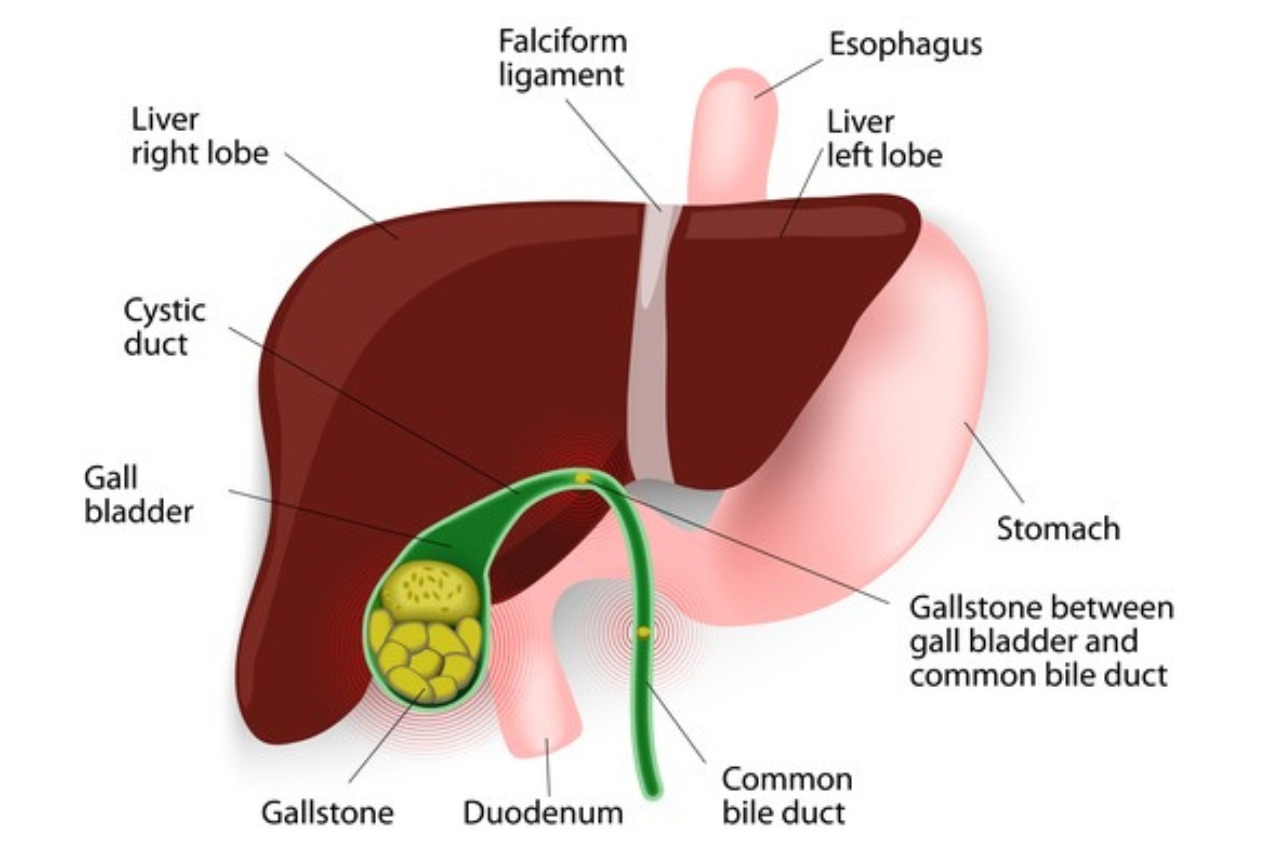Laparoscopic gallbladder surgery, also known as laparoscopic cholecystectomy, is a minimally invasive surgical procedure performed to remove the gallbladder. This procedure has become increasingly popular due to its numerous benefits over traditional open surgery. Let’s delve into the intricacies of laparoscopic gallbladder surgery, its advantages, and what patients can expect during the procedure.
Firstly, what leads to the need for gallbladder surgery? Gallstones, which are hardened deposits of digestive fluid, can cause symptoms such as abdominal pain, nausea, and vomiting. When these symptoms become severe or recurrent, surgical removal of the gallbladder may be necessary to alleviate discomfort and prevent complications.
Now, let’s explore the advantages of laparoscopic gallbladder surgery. Unlike traditional open surgery, laparoscopic surgery involves making several small incisions in the abdomen, through which specialized instruments and a tiny camera are inserted. This approach results in less trauma to the surrounding tissues, reduced pain, and a shorter recovery time for patients. Additionally, the risk of postoperative complications, such as infection and hernia formation, is lower with laparoscopic surgery.
The procedure itself typically takes about one to two hours and is performed under general anesthesia. During the surgery, the surgeon uses the camera to visualize the gallbladder and surrounding structures on a monitor while delicately manipulating the instruments to remove the gallbladder. Once the gallbladder is detached, it is carefully extracted through one of the small incisions, and the incisions are closed with sutures or surgical tape.
After laparoscopic gallbladder surgery, most patients can expect to go home the same day or within 24 hours. While some discomfort and bloating are common initially, these symptoms usually subside within a few days. Patients are typically advised to avoid strenuous activities and heavy lifting for a few weeks to allow their bodies to heal fully.
One of the key benefits of laparoscopic gallbladder surgery is its minimal scarring. The small incisions result in tiny scars that are barely noticeable once healed, compared to the larger scar associated with traditional open surgery. This can be particularly appealing to patients who are concerned about cosmetic outcomes.
It’s important to note that while laparoscopic gallbladder surgery is generally safe and effective, like any surgical procedure, it carries some risks. These may include bleeding, infection, injury to surrounding organs, and rare complications such as bile duct injury. However, the overall risk of complications with laparoscopic surgery is low, especially when performed by experienced surgeons.
In conclusion, laparoscopic gallbladder surgery offers patients a minimally invasive alternative to traditional open surgery for the removal of the gallbladder. With its shorter recovery time, reduced pain, and minimal scarring, it has become the preferred choice for many individuals requiring gallbladder removal. If you’re experiencing symptoms of gallstones or have been advised to undergo gallbladder surgery, consulting with a qualified surgeon to discuss your options is the first step towards finding relief and improving your quality of life.






